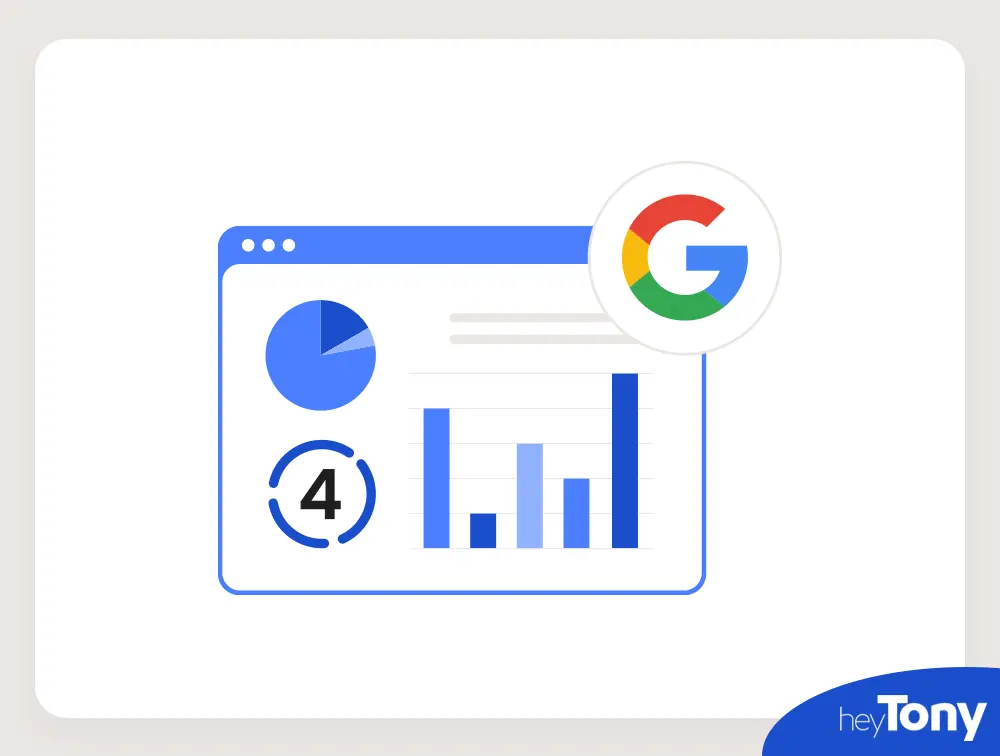Demystifying Secondary Dimensions in Google Analytics: Definition and Practical Applications
Demystifying Secondary Dimensions in Google Analytics: Definition and Practical Applications
Blog Article
Harnessing the Power of Additional Measurement in Google Analytics to Refine Your Advertising Approach and Drive Results
In the realm of electronic advertising and marketing, the ability to adjust strategies and accomplish tangible results is vital for organizations striving to stay affordable in today's landscape. Leveraging the power of secondary dimensions within Google Analytics opens a world of opportunities for online marketers seeking to acquire much deeper insights into user habits and customize their campaigns with precision. By discovering concealed patterns and refining target market segmentation, businesses can craft targeted techniques that reverberate with their clients on an extensive degree. The potential to determine campaign efficiency with a granular lens even more highlights the value of using this device to drive success.
Comprehending Additional Dimensions
When analyzing information in Google Analytics, understanding additional measurements is important for obtaining much deeper insights into individual habits and web site performance. Key measurements supply basic details such as the number of sessions or individuals, but second dimensions supply a more detailed sight by enabling users to sector and evaluate information even more. By including a second dimension, marketing professionals can refine their evaluation and uncover useful patterns that might have otherwise gone undetected.
Secondary measurements in Google Analytics can be related to different metrics such as traffic sources, user demographics, and actions flow. As an example, by incorporating the main dimension of 'landing web pages' with the secondary dimension of 'gadget group,' marketing experts can identify which gadgets are driving website traffic to particular touchdown pages. This info can help enhance web site layout and web content for better customer experience across various gadgets
Studying Customer Actions Patterns
To successfully understand individual habits patterns, a thorough evaluation of information within Google Analytics is important. By diving right into user behavior patterns, marketing experts can obtain valuable understandings into how site visitors connect with their internet site, which web pages are most engaging, and where prospective bottlenecks or drop-off points might exist in the conversion channel. Google Analytics supplies a series of tools to analyze customer actions, such as actions flow reports, occasion monitoring, and goal funnels.
Behavior flow records give a graph of exactly how users browse via the website, revealing one of the most typical paths users take along with where they leave. Occasion monitoring enables marketing professionals to keep an eye on certain interactions on the website, such as switch clicks or video clip views, giving a deeper understanding of customer engagement. Objective funnels track the steps users take in the direction of completing a specific objective, highlighting locations for enhancement in the conversion process.
Enhancing Target Market Segmentation
Upon analyzing customer behavior patterns, marketing professionals can even more maximize their methods by enhancing target market division methods in Google Analytics. Audience division enables the classification of site site visitors right into certain groups based upon various qualities such as demographics, behavior, and rate of interests. By using Google Analytics' secondary dimensions, check that marketing professionals can fine-tune these sections also better to acquire much deeper insights right into their target market's preferences and activities.
Enhancing target market segmentation enables online marketers to develop more targeted and customized marketing campaigns. By identifying distinctive user groups, marketing experts can tailor their messaging, material, and uses to better reverberate with each sector's unique attributes and demands. This level of customization can significantly enhance involvement, conversion prices, and total marketing efficiency.
Moreover, through improved audience segmentation, marketing experts can better comprehend the consumer journey and optimize touchpoints along the path to conversion. By examining just how various segments communicate with the web site and advertising networks, marketers can determine chances to improve individual experience, address discomfort points, and ultimately drive more conversions. Overall, refining audience division in Google Analytics is an effective approach for maximizing marketing efficiency and driving sustainable organization growth.
Tailoring Marketing Campaigns
Marketing experts can enhance their marketing projects by customizing web content and messaging to suit the one-of-a-kind features and requirements of details audience sectors. By leveraging insights from secondary measurements in Google Analytics, online marketers can obtain a deeper understanding of their audience's actions, choices, and demographics.
With the evaluation of secondary measurements such as web traffic resources, devices used, or geographical place, marketers can tweak their messaging to be more impactful and appropriate. By customizing advertising and marketing projects based on insights from additional dimensions, companies can optimize the performance of their initiatives and eventually drive better ROI.
Measuring Campaign Performance

One essential element of gauging project effectiveness is tracking conversions. By establishing goals in Google Analytics, businesses can monitor specific activities taken by customers as an outcome of the project, such as making an acquisition or authorizing up for an e-newsletter. Recognizing the conversion price and the conversion course can give valuable understandings right into the performance of various advertising and marketing networks and messages.
In addition, assessing metrics such as click-through rates, bounce rates, and session duration can aid online marketers evaluate user involvement and the influence of the project on web site traffic. By combining key metrics with additional dimensions in Google Analytics, companies can fine-tune their marketing strategies, maximize campaign performance, and drive far better outcomes.
Final Thought
Finally, utilizing the power of additional dimensions in Google Analytics can supply valuable insights right into user actions patterns, improve target market segmentation, tailor marketing projects, and step project efficiency. why not try these out By utilizing this function properly, businesses can refine their advertising and marketing methods and drive better outcomes. It is critical for marketing experts to take advantage of the information offered via secondary measurements to make enlightened decisions and optimize their projects for maximum effect.

Report this page